As far as it being a slog and beating you up. I grew up on the San Francisco bay. I know it's not the ocean but there have been times on my 25' Skipjack that I didn't think I was going to make it to the harbor. The chop can get brutal here. San Pablo bay same thing. If it turns out to be a brutal slog then I may stay down in Mexico for a while. At least it's warm down there. The boat will have stabilizers so that should help.
I grew up in the Bay Area too (born one year after you) and cut my boating teeth in the Bay as well. I'm sure you know the saying "if you can sail here, you can sail anywhere!" And there is some truth to that. But the Bay simply does not get swells - other than those that come in under the Gate. It gets a lot of chop from all the wind. And it is cold and miserable. Good prep!
Being out in the Pacific with big swells for days on end is really another matter entirely. There's no "getting in the lee of Angel Island."
The NP website shows the 45 weighs 34,000# dry. IMHO that is a very light boat for the Pacific. She who must not be underestimated.
[FYI all my Pacific ocean miles (about 6,000) are in a 70 full displacement trawler that weighs 220,000# - 110 tons.]
Still, I admire your verve and love of water and travel. I'm with the others that believe the PNW is the premier cruising ground in the USA. Yes, the wx is not FL nor Mexico, but that's why we have nice warm/dry boats.
Those recommending heading south from the PNW in September know what they are talking about. The run south at that time of year is easily the best weather/wave window. Mexico is freaking hot in the summer, it's definitely a winter playground.
I have been out in the Pacific when it is as calm as Lake Chabot. And when we had 15 foot swells 10 seconds apart and the other four people were too sick to really stand watch.
I would say:
1. Keep your plans totally flexible. We often had to spend a week in a small town (Coos Bay, Eureka, etc) to wait for decent wx in order to continue.
2. Know your options for getting out of the ocean at all times, and if in doubt, head in. Getting stuck with a closed bar in Oregon is a nightmare.
3. Learn to read and use GRIB weather data so you can really be your own weatherman. If you can feel confident about the weather ahead of you, you know how to manage #1 and #2.
And have fun! It's a great adventure.

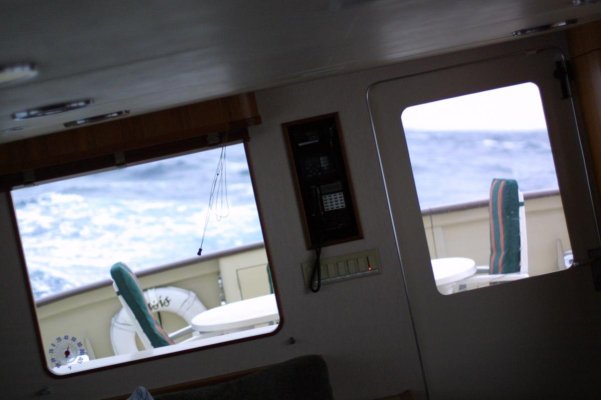
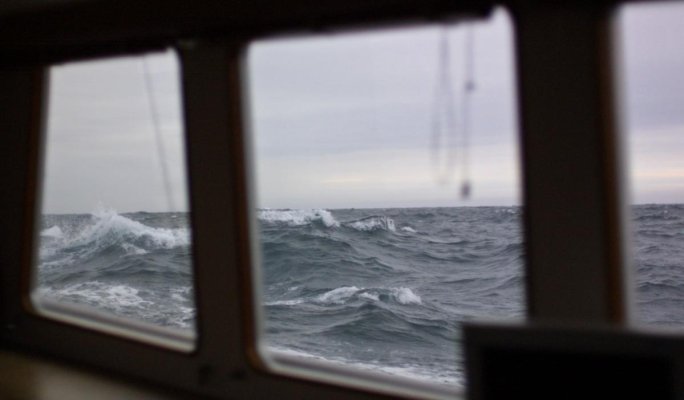
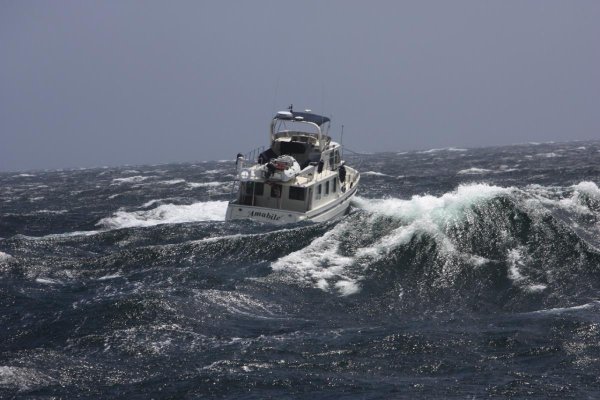
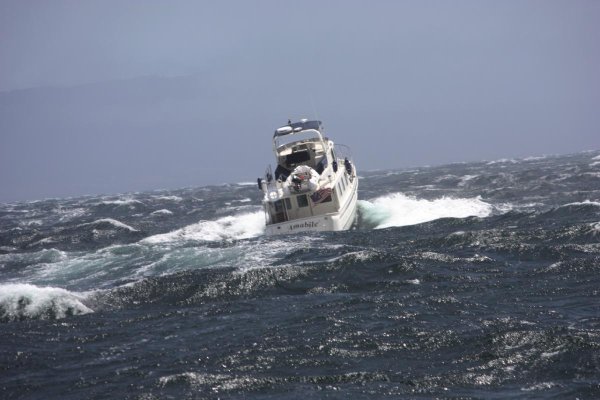
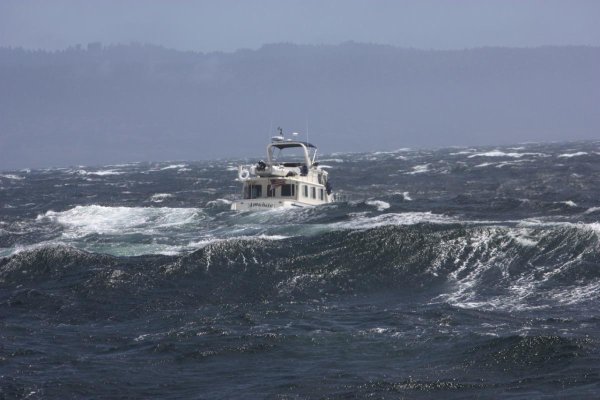
 )
)